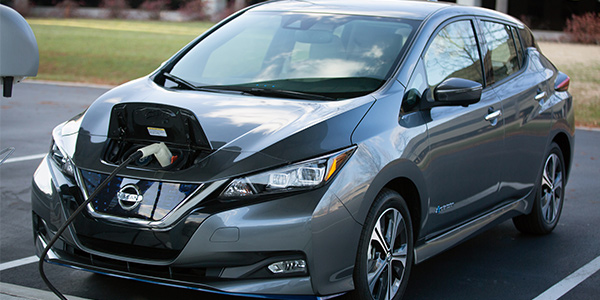The U.S. Department of Energy’s Geothermal Technologies Office launched a new collegiate competition to find solutions for de-risking and increasing the market viability of direct lithium extraction from geothermal brines.
The $4 million Geothermal Lithium Extraction prize is designed to help the U.S. build out its lithium supply chain for electric vehicle batteries and grid-scale battery storage.
The U.S. lithium stock is almost entirely imported, with only 1% sourced domestically, Alex Prisjatschew, general engineer at the Geothermal Technologies Office, said Wednesday during a webinar announcing the competition.
“The combination of rapidly expanding global demand and lack of secure domestic supply has created an urgency to develop a safe, domestic and cost-competitive source of lithium,” she said. “Using geothermal lithium brines to extract lithium [can] become a more sustainable way to harness lithium resources.”
State of Play
Currently, no lithium chemicals are produced at commercial scale using geothermal extraction, but Alex Grant, principal at geothermal consulting firm Jade Cover Partners, expects the market for it to mature by 2030.
Geothermal lithium extraction takes advantage of existing geothermal power technologies in commercial operation today, Grant said during the webinar.
In a geothermal facility, power is produced with energy that is extracted from hot, pressurized water (brine) pumped from deep in the ground. That brine is reinjected into the ground, but some extracted brines contain minerals, such as lithium. Geothermal lithium could be removed from the brine on site before reinjection.
About half of the world’s lithium is made from the mineral spodumene that is mined in Australia and converted to lithium chemicals in China, Grant said. The other half is made from large brine ponds in South America through evaporative processing.
If lithium production from geothermal brines enters commercial scale, Grant said the resulting lithium chemicals would be highly competitive in terms of CO2 intensity.
“Geothermal extraction unlocks the ability to make lithium chemicals from very small physical footprints,” he said. “There are no evaporation ponds needed and no open pit, so it drastically reduces the number of square meters required to make a certain quantity of lithium chemicals per year.”
Competition Details
The geothermal lithium extraction competition will include three phases for participants to identify, develop and test their technology solutions. Participants will be eligible to earn cash prizes for their progress.
While competitors must be affiliated with a U.S.-based academic institution, Prisjatschew said DOE is encouraging participation from anyone with a background in oil and gas, mining, engineering or geosciences.
Submissions for the first phase are due July 2, and the competition will run through February 2023. DOE will hold an informational webinar on April 12.




